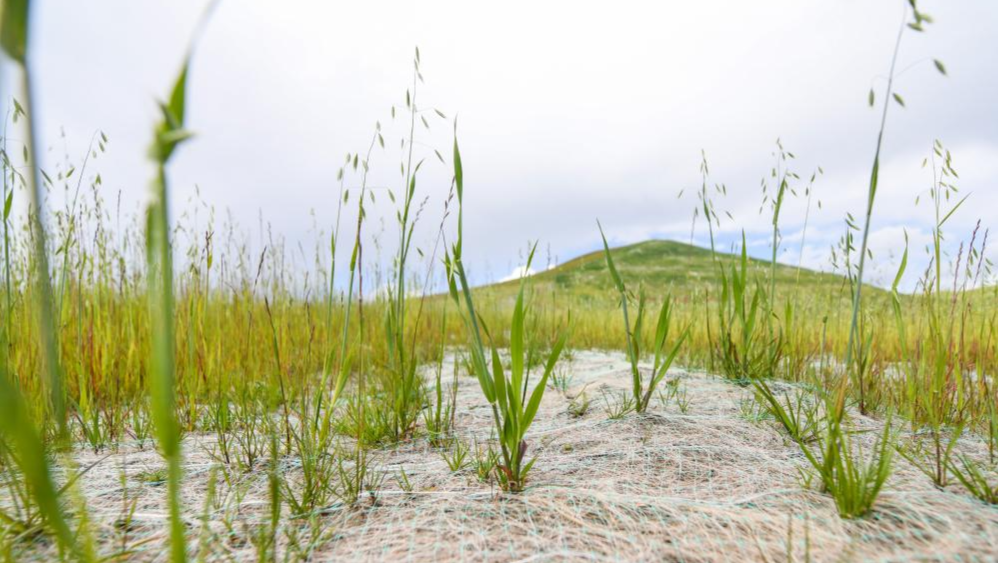
BEIJING - China has been steadily promoting grassland restoration in recent years, with an annual restoration of over 46 million mu (about 30,667 square kilometers) of grassland, an area comparable to the land area of Belgium.
Li Yongjun, an official with the National Forestry and Grassland Administration, told a press conference that the central government has invested a total of 110 billion yuan (about $15.26 billion) in supporting grassland protection and restoration during the 14th Five-Year Plan (2021-2025) period.
Forestry and grassland authorities across the country have intensified efforts to combat illegal activities such as grassland reclamation and unauthorized occupation. Since 2018, local authorities have investigated nearly 50,000 cases of grassland destruction, transferring over a thousand suspected criminal cases to judicial authorities.
READ MORE: Protection of grassland a priority issue
Thanks to the country's persistent efforts, the ecological quality of grasslands has experienced a historic shift from "general degradation" in the early years of this century to the current "overall improvement," Li said.
However, the official warned, the country still faces a challenging task in grassland restoration. Most of China's grasslands are located in arid, semi-arid, cold and high-altitude areas with harsh natural conditions.
"Currently, around 70 percent of the grasslands are still suffering from different degrees of degradation, and the situation of grassland protection and restoration remains serious," he said.
READ MORE: Zhuofu grassland revived and thriving
Li added that forestry and grassland departments will continue to step up efforts in grassland protection and restoration, and further enhance the modernization level of the grassland governance system and governance capacity.


